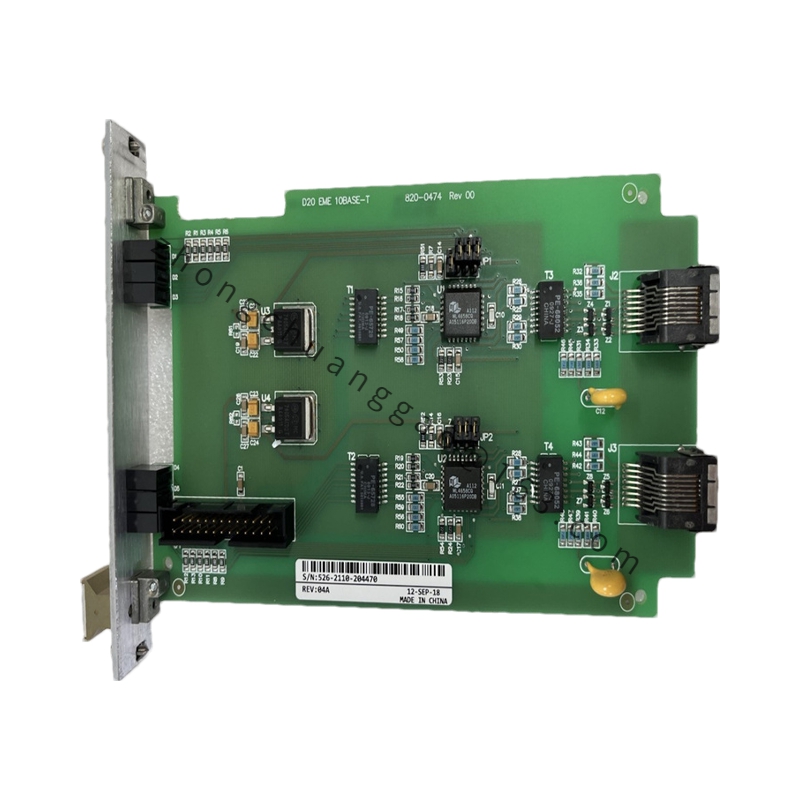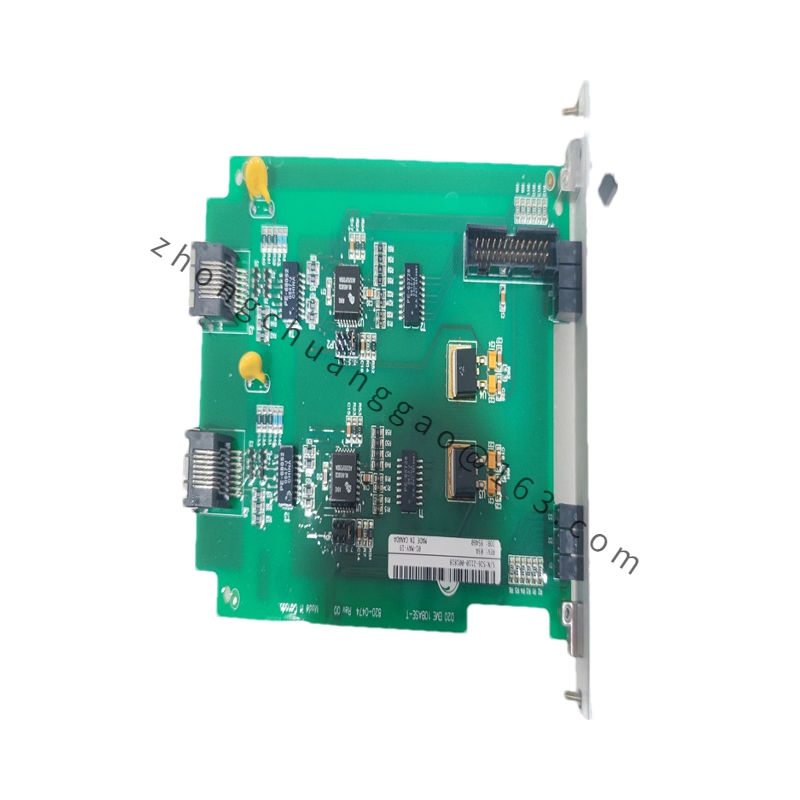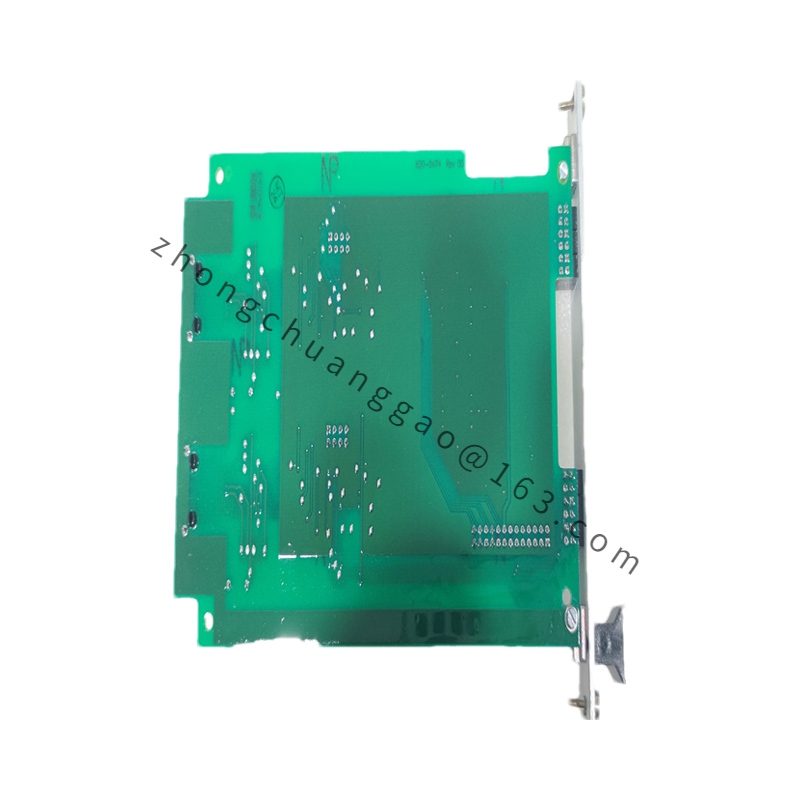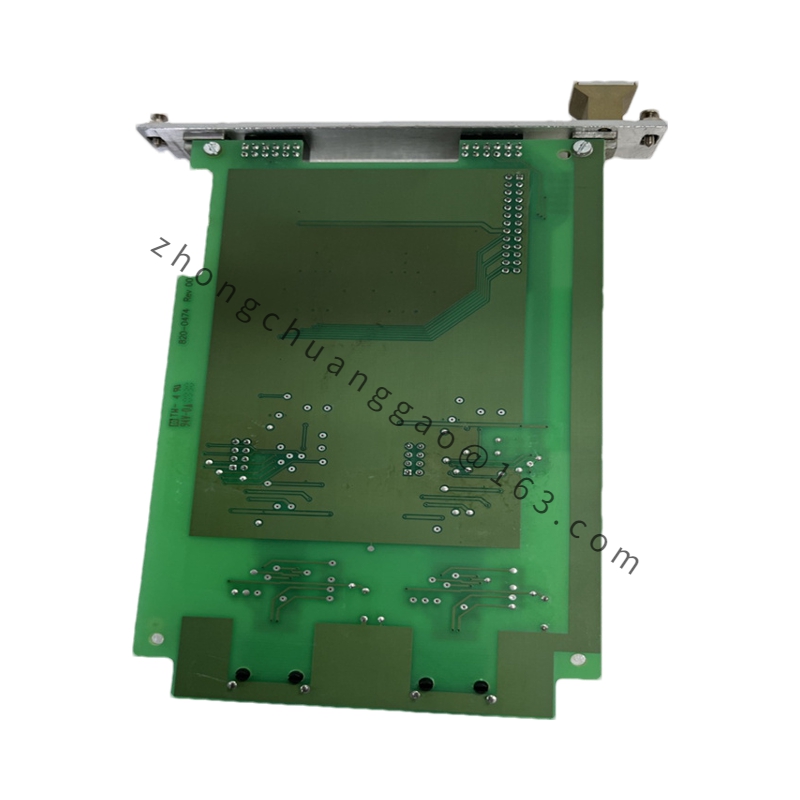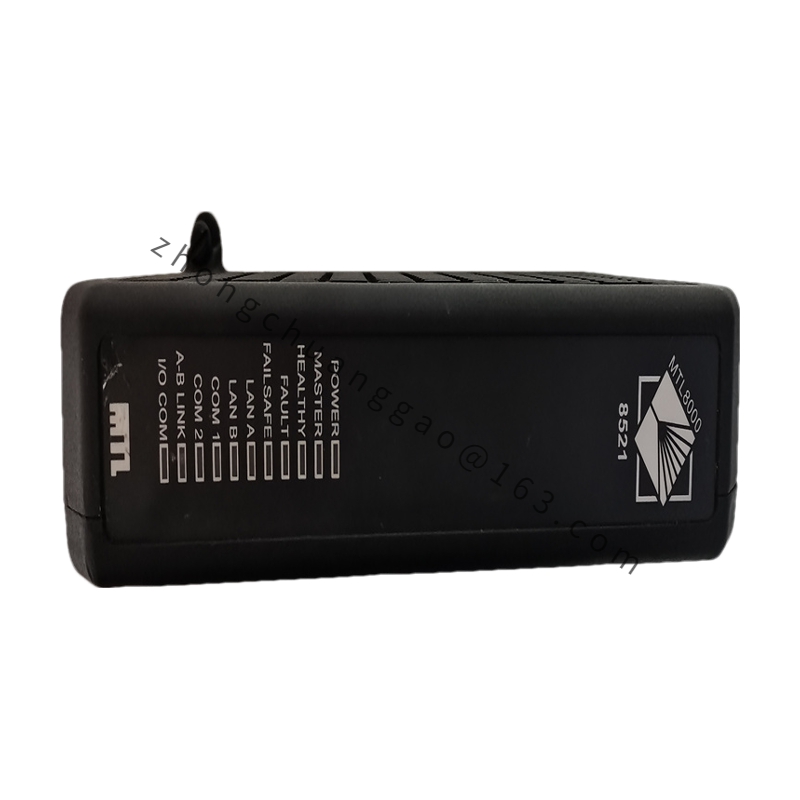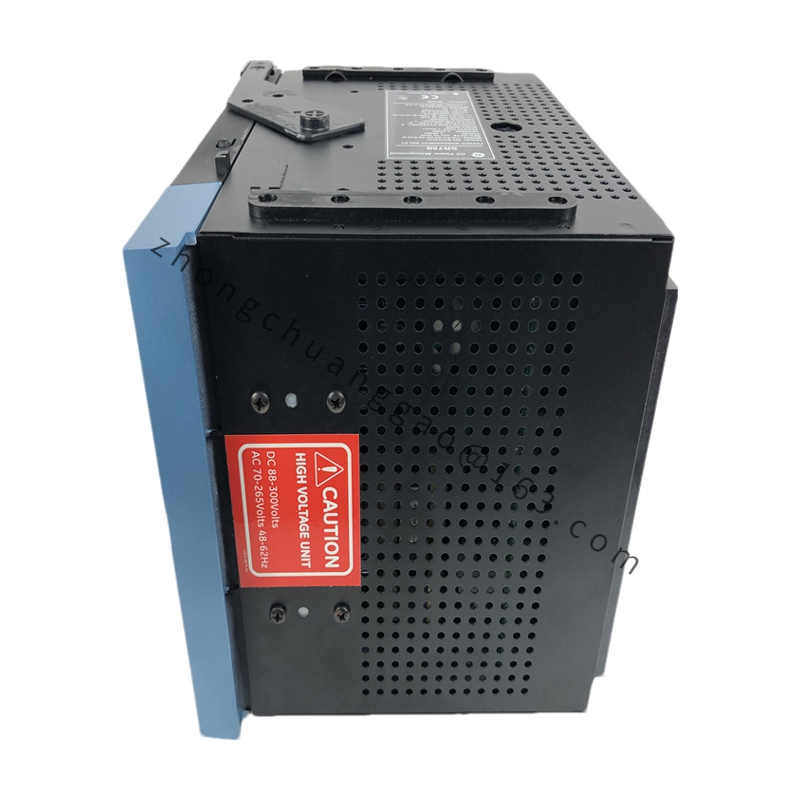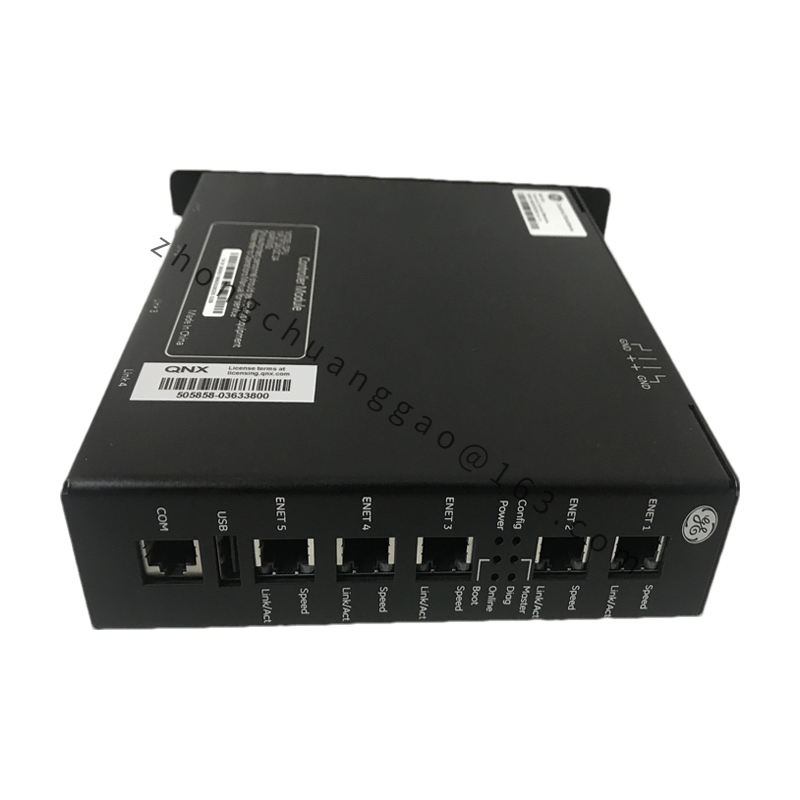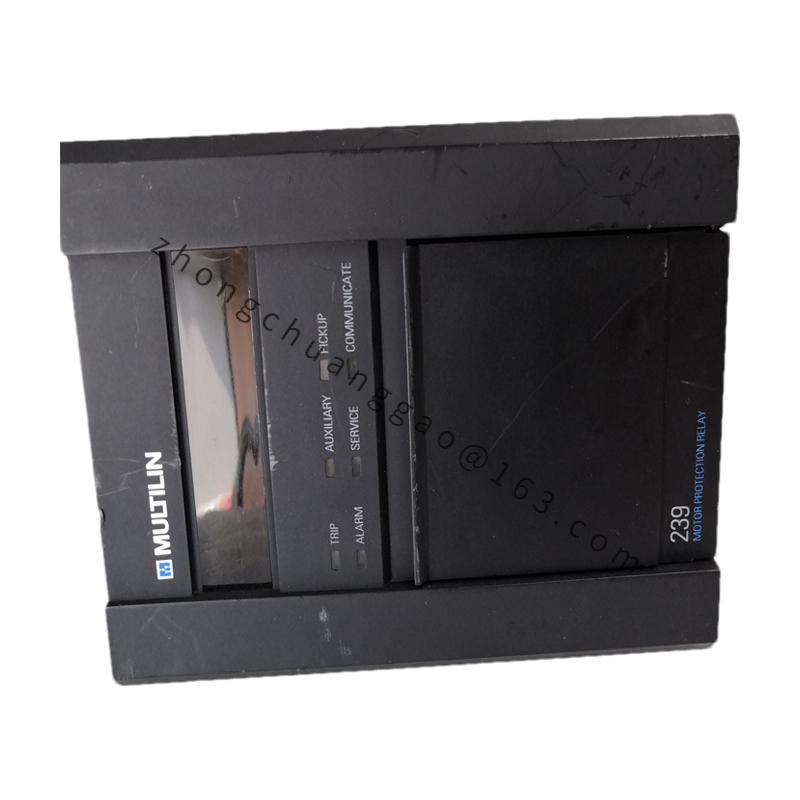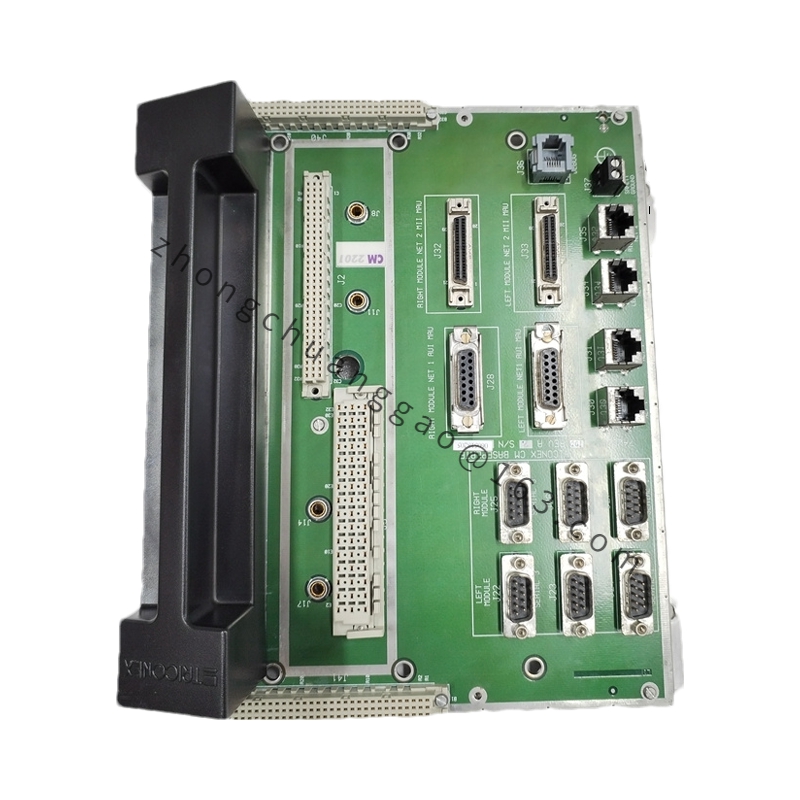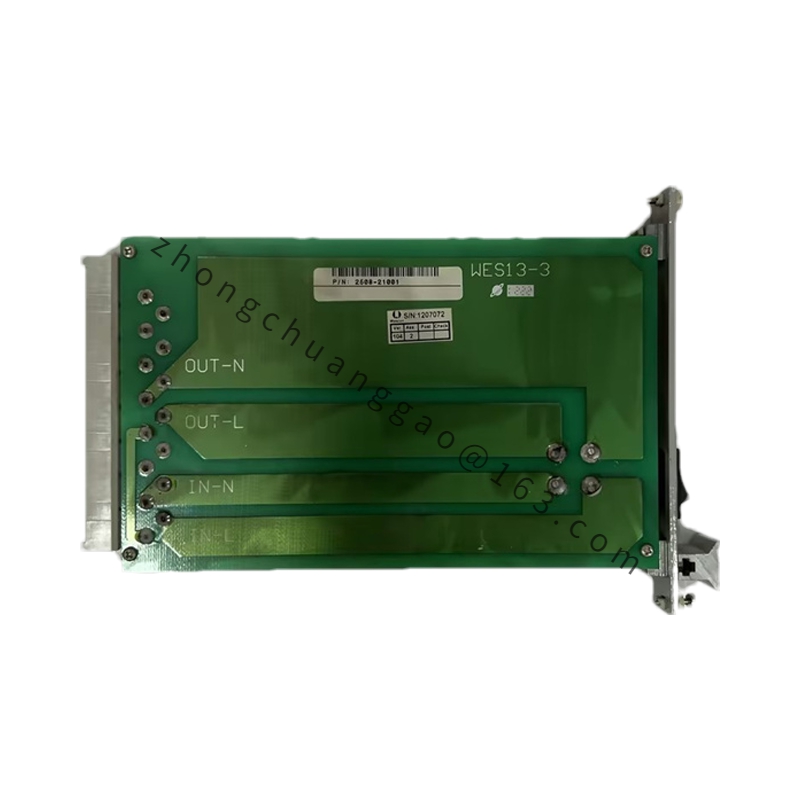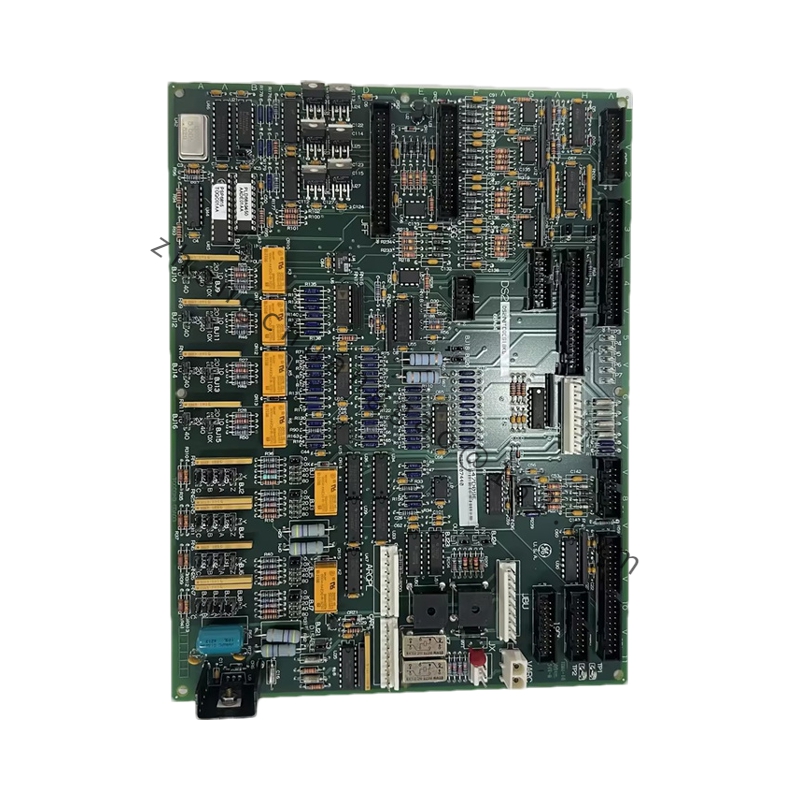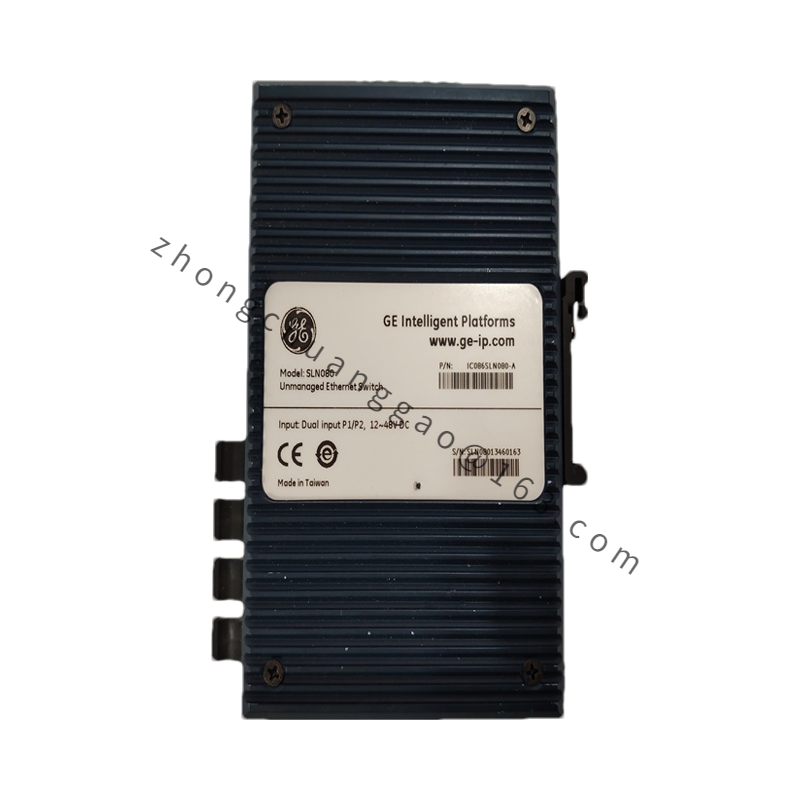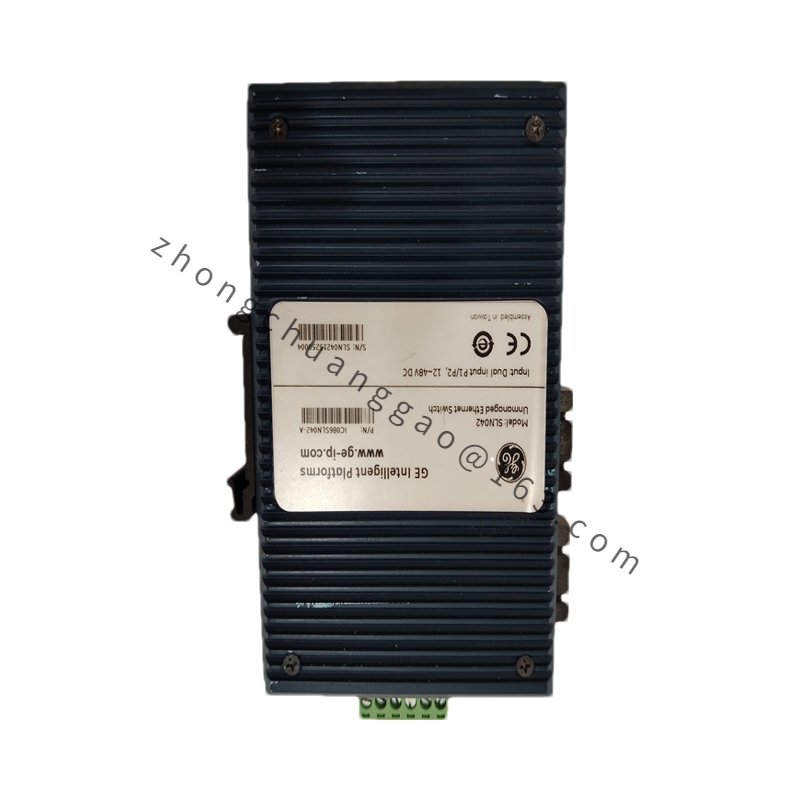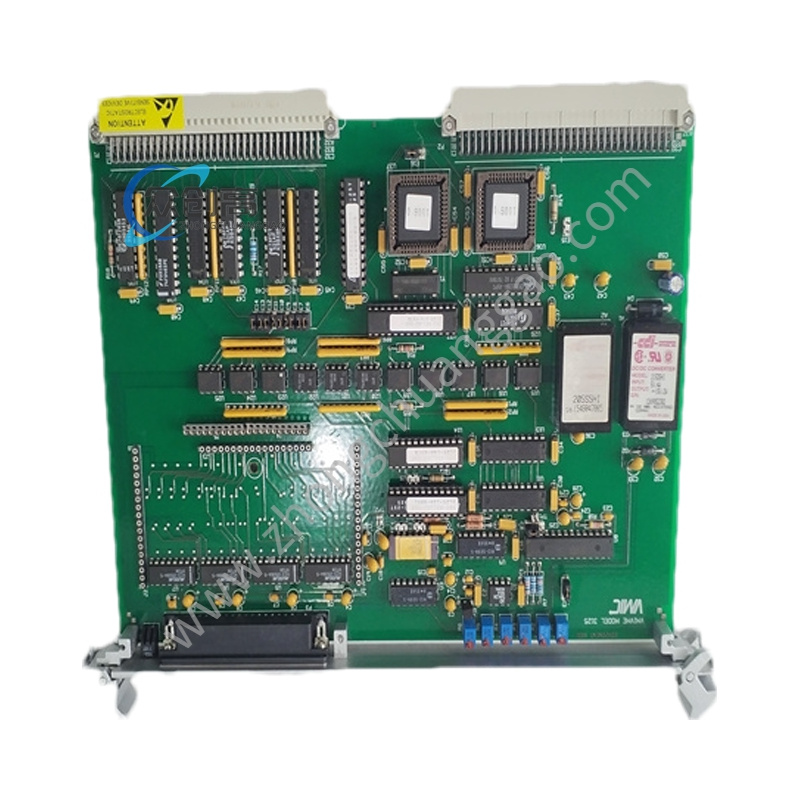GE D20 EME 10BASE-T
Technical Specifications
Transmission Rate: 10 Mbps (Megabits per second), adhering to the 10BASE-T Ethernet standard.
Transmission Distance: Maximum of 100 meters, utilizing twisted-pair cabling as the transmission medium.
Interface Type: RJ45, the standard connector for Ethernet networks.
Supported Modes: Adaptive rate and full-duplex mode, ensuring efficient data transfer.
Compatibility: Compliant with Ethernet standard (IEEE 802.3) and TCP/IP protocols, facilitating interoperability with other devices.
Functional Characteristics
Detailed content
High Reliability: Designed for robust performance in industrial environments, ensuring consistent and reliable operation.
Precision: Offers high-precision data transmission, critical for applications requiring accuracy.
Real-Time Capability: Enables real-time communication, essential for monitoring and controlling processes.
Flexibility: Can be configured and adapted to meet various system requirements.
Ease of Use: User-friendly design simplifies integration and maintenance.
Scalability: Provides expandable processing capabilities, allowing for customization based on specific needs.
Power Supply: Depending on the configuration, it can draw power from the PCI slot of a computer motherboard or provide multiple power output channels for other devices and modules.
Power Protection: Features overcurrent, short-circuit, and overvoltage protection to safeguard connected equipment.
Hot-Swappable: Some models support hot-swapping, allowing for power module replacement during operation without downtime.
Power Monitoring: Offers power output monitoring to track the status and performance of power delivery.
Power Redundancy: Select models incorporate power redundancy, ensuring automatic failover to a backup power source in case of a primary power failure.
Application Scenarios
Industrial Automation: Utilized in production line control, device monitoring, and process control, enhancing automation efficiency and accuracy.
Process Control: In industries such as chemicals, petrochemicals, and pharmaceuticals, it aids in monitoring and controlling complex production processes.
Energy Management: Applicable in power engineering, supporting grid monitoring, power plant control, and energy distribution tasks.

